Integrating Massage Into Your Physical Therapy Plan
August 24, 2025
8 min

The Synergy of Massage and Physical Therapy
Combining massage therapy with physical therapy is increasingly recognized as an effective approach to rehabilitation and recovery. This integrative method leverages the strengths of both modalities to accelerate healing, improve mobility, and manage pain. Understanding how massage can be incorporated into physical therapy plans helps patients and practitioners optimize treatment outcomes for a holistic recovery experience.
The Role of Massage Therapy Within Physical Therapy Treatments
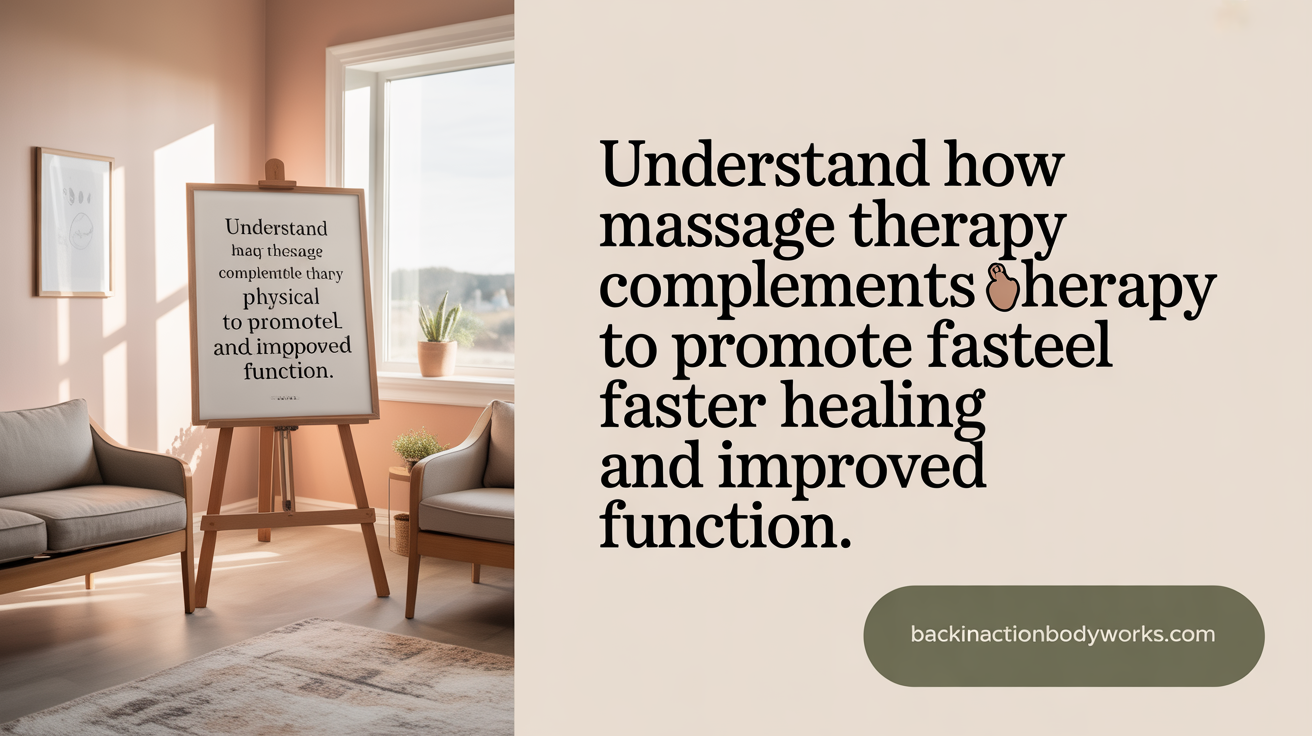
Can massage therapy be included as part of physical therapy treatments?
Yes, massage therapy can be integrated into physical therapy treatments. Physical therapists frequently use manual techniques such as soft tissue mobilization, trigger point therapy, and myofascial release, which overlap with massage techniques, to reduce pain, improve flexibility, and enhance movement. These interventions help target specific areas of tension or injury, supporting tissue healing and functional recovery.
Physical therapy is delivered by licensed professionals trained in comprehensive assessment and treatment planning. They tailor therapy strategies, which may incorporate massage, to meet individual patient needs. While massage therapy primarily promotes overall well-being and relaxation, its targeted use within physical therapy can accelerate recovery, improve circulation, and reduce muscle tightness.
It is important to note that massage provided by licensed massage therapists is different from physical therapy, as the latter involves diagnosis and a broad rehabilitation approach that includes exercises, movement training, and other modalities. When massage techniques are used within a physical therapy program, they are specifically aimed at advancing therapeutic goals and are overseen by licensed professionals to ensure safety and efficacy.
Integrative Massage: Techniques and Benefits Supporting Physical Therapy

What is integrative massage and how does it support physical therapy?
Integrative massage is a personalized, multifaceted approach to soft tissue therapy that combines diverse techniques such as trigger point therapy, deep tissue massage, cupping, myofascial release, PNF stretching, manual therapy, Muskel Energy Technique (MET), vibration therapy, and specialized medical massage protocols. This tailored treatment aims to address individual needs, whether for injury recovery, chronic pain management, or general wellness.
The primary goal of integrative massage is to promote pain relief, improve mobility, support the healing of muscles and tissues, and enhance overall well-being. It works synergistically with physical therapy and chiropractic care by relaxing tense muscles, increasing blood flow, and making joint adjustments or other therapeutic procedures more effective.
Sessions are customized, often varying in pressure and techniques. For instance, techniques like deep tissue massage and trigger point therapy can be modulated for comfort and effectiveness, depending on the patient’s specific condition and tolerance. The frequency of sessions can range from monthly wellness treatments to weekly interventions aimed at injury rehabilitation.
Many clinics, such as Dunedin Well Spa, incorporate integrative massage within their broader treatment offerings. These treatments may include complementary modalities like cupping, hot stone therapy, or holistic practices to further support healing, relaxation, and emotional well-being.
Benefits of combining massage with physical therapy
When integrated, massage therapy enhances the effectiveness of physical therapy by relaxing muscles, alleviating pain, and improving circulation. This allows for deeper, more effective physical therapy exercises, promoting faster recovery.
Massage reduces muscle tension and spasms, which can be a barrier to movement and rehabilitation. It also promotes lymphatic drainage and increases tissue oxygenation — crucial factors for tissue repair.
Furthermore, combined therapy addresses both physical and emotional health. Massage calms the nervous system, reduces stress levels, and decreases cortisol, which supports mental health alongside physical recovery. The holistic approach often results in better patient compliance and improved outcomes.
Specific massage techniques: deep tissue, myofascial release, trigger point therapy
- Deep Tissue Massage: Focuses on realigning deeper layers of muscles and fascia. It relieves chronic tension and tightness, making physical therapy movements more effective.
- Myofascial Release: Targets fascia — the connective tissue surrounding muscles — to loosen restrictions, improve flexibility, and reduce pain.
- Trigger Point Therapy: Involves applying pressure to specific points in muscles to release areas of tightness or “knots,” decreasing localized pain and improving overall muscle function.
These techniques can be incorporated based on the age, condition, and preferences of the patient, often in combination to address complex issues like scar tissue, adhesions, or muscle imbalances.
How integrative massage enhances muscle recovery and pain relief
Integrative massage supports recovery and pain management by:
- Increasing blood circulation to deliver essential nutrients and oxygen to tissues.
- Breaking down scar tissue and adhesions, restoring tissue elasticity.
- Reducing inflammation and swelling.
- Promoting relaxation, which decreases muscle tension and stress-related discomfort.
- Supporting lymphatic drainage to remove metabolic waste.
This comprehensive approach not only alleviates immediate pain but also prevents future injuries by maintaining tissue health, improving flexibility, and enhancing movement patterns. By combining targeted massage techniques with physical therapy exercises, patients experience a more complete and effective rehabilitation process.
| Technique | Focus Area | Benefits |
|---|---|---|
| Deep Tissue Massage | Deeper muscle layers | Eases chronic tension, improves movement |
| Myofascial Release | Fascia and connective tissue | Enhances flexibility, alleviates pain |
| Trigger Point Therapy | Specific muscle knots | Reduces localized pain, restores muscle function |
| PNF Stretching | Muscle elongation and flexibility | Improves range of motion, prevents stiffness |
Combining these techniques with physical therapy creates a holistic and dynamic approach to recovery, addressing both the cause and symptoms of injury or pain while fostering long-term health and functional movement.
Optimizing Massage Timing and Protocols in Physical Therapy Plans
Recommended timing of massage in relation to physical therapy sessions
In most cases, it is more beneficial to schedule massage therapy after a physical therapy session rather than before. This sequence allows massage to relax and loosen muscles, reducing tension and soreness that may have accumulated during therapy. Post-session massages help facilitate tissue healing, improve circulation, and support the body’s recovery process.
Receiving a massage after therapy can also enhance flexibility and range of motion by easing muscle stiffness, making subsequent exercises more effective. Conversely, massaging prior to therapy may temporarily relax muscles but could also leave them too soft or sore, which might hinder active rehabilitation activities.
Protocols based on injury phase: acute, subacute, chronic
The timing and type of massage should be tailored according to the stage of injury:
- Acute phase: During this initial period, the focus is on managing inflammation and pain. Gentle techniques and longer intervals between sessions are recommended. Massage may be delayed until swelling diminishes.
- Subacute phase: As inflammation subsides, massage can be introduced to alleviate pain, improve circulation, and prepare tissues for more active rehabilitation. Techniques like myofascial release and gentle deep tissue work are appropriate.
- Chronic phase: For long-term recovery or degenerative conditions, regular massages focusing on flexibility, scar tissue management, and stress relief can maintain tissue health and prevent recurrence.
Tailoring frequency and types of massage to recovery stages
The frequency of massage sessions varies based on injury severity, patient response, and recovery goals. Typically:
| Recovery Stage | Frequency of Massage | Types of Massage Used | Purpose |
|---|---|---|---|
| Acute | Every 1-2 weeks | Light Swedish, lymphatic drainage | Reduce swelling and pain |
| Subacute | Weekly | Deep tissue, myofascial release | Restore movement, reduce tightness |
| Chronic | Bi-weekly or monthly | Trigger point, sports massage | Maintain flexibility, reduce stress |
Importance of communication and treatment customization
Effective integration of massage therapy into rehabilitation depends on clear communication between patients and therapists. Sharing information about symptoms, pain levels, and goals helps in customizing the treatment protocol.
Regular updates ensure the therapy remains aligned with recovery progress and adjustments are made as needed. Coordination with the broader healthcare team maximizes the benefits of combined therapies, leading to faster and more sustainable recovery.
Adhering to a consistent schedule and listening to one’s body are essential. This personalized approach ensures that massage therapy complements other treatments, providing optimal support throughout each stage of healing.
Collaborative Care and Billing in Combining Massage and Physical Therapy
What is the role of healthcare team coordination in combined therapy?
Effective rehabilitation often involves a team effort among healthcare professionals. When combining massage therapy with physical therapy, seamless coordination ensures that treatments are tailored to the patient’s specific needs. Physical therapists assess the injury or condition, while massage therapists focus on soft tissue manipulation to support healing.
Communication among team members helps align therapy schedules, share progress updates, and adapt treatment plans as recovery progresses. This collaborative approach enhances overall outcomes by addressing both musculoskeletal and emotional aspects of healing.
Holistic Benefits and Best Practices for Integrating Massage into Physical Therapy and Fitness
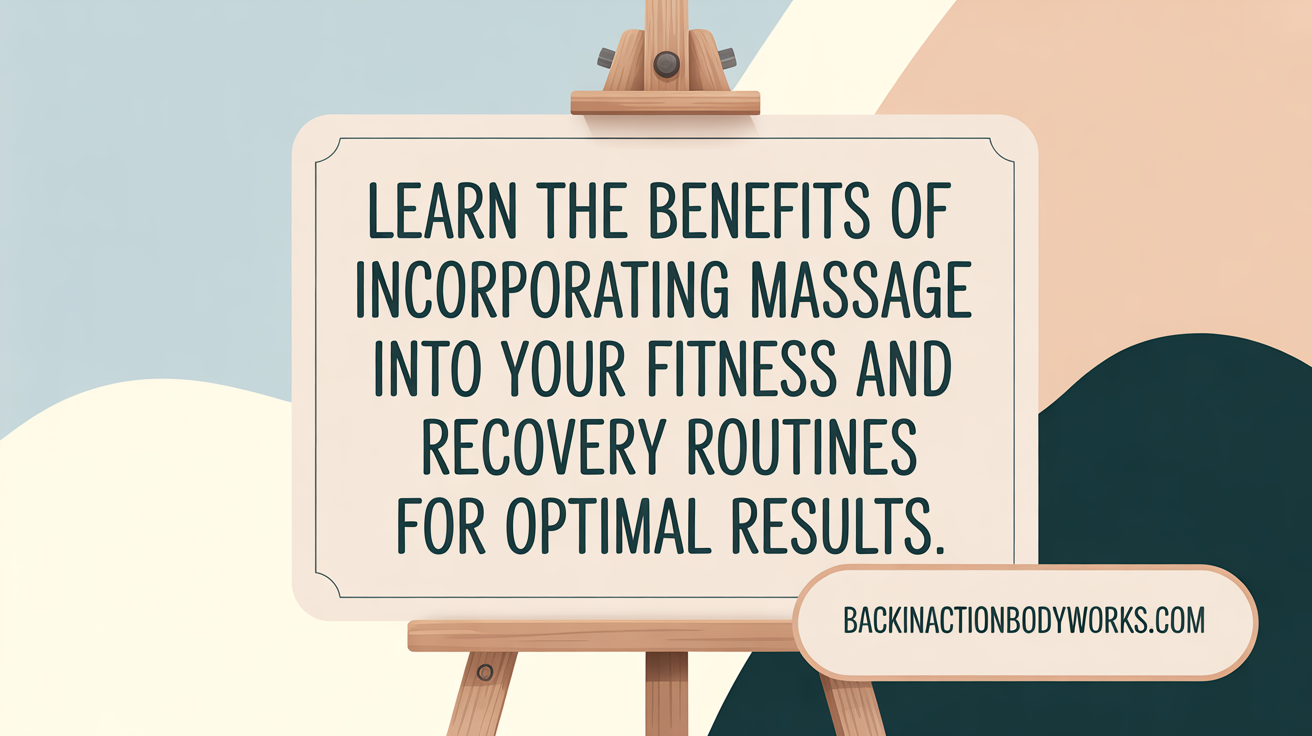
Overall health benefits of combined massage and physical therapy
Combining massage therapy with physical therapy offers a comprehensive approach to health and recovery. This integration improves blood circulation, enhances flexibility, and promotes relaxation. It also supports mental well-being by reducing stress and cortisol levels. Regular sessions can accelerate healing, especially after injury or surgery, and improve overall mobility.
Injury prevention and chronic condition management
Massage therapy plays a crucial role in injury prevention by maintaining muscle flexibility and reducing tightness. It helps break down scar tissue and adhesions, which can cause pain or restrict movement. For those with chronic conditions like arthritis or fibromyalgia, regular massage alleviates muscle tension and manages pain, leading to better quality of life.
Supporting recovery in fitness routines through massage
In fitness, massage aids in faster recovery post-workout by increasing blood flow, reducing delayed onset muscle soreness (DOMS), and flushing out metabolic waste. It prepares muscles for performance and enhances exercise tolerance. Incorporating massage before and after workouts ensures muscles stay flexible and resilient.
Best practice tips: communication, scheduling, self-care, hydration
Effective integration depends on good communication between patients, massage therapists, and physical therapists. Share symptoms and treatment goals for tailored sessions. Scheduling regular, consistent treatments maximizes benefits and supports long-term health.
Self-care practices like hydration, proper nutrition, and gentle stretching complement massage therapy. Staying hydrated helps circulate nutrients and facilitates toxin removal. Listening to your body and allowing adequate recovery time optimize results. Collaboration among health professionals ensures that massage therapy aligns seamlessly with your overall wellness plan.
Maximizing Recovery Through Integrated Therapies
Integrating massage therapy into a physical therapy plan offers a powerful approach to improve healing, reduce pain, and enhance mobility. By combining the targeted manual techniques of massage with the strengthening and functional exercises of physical therapy, patients benefit from a comprehensive treatment addressing physical, mental, and emotional aspects of recovery. Effective coordination among healthcare providers, personalized treatment protocols, and attention to timing optimize outcomes. Whether recovering from injury, managing chronic conditions, or supporting athletic performance, the synergy between massage and physical therapy creates a pathway toward holistic well-being and long-lasting health.
References
- How to Incorporate Massage Therapy into Your Rehabilitation Plan
- Integrative Approaches: Combining Massage Therapy with Physical ...
- Harmony in Healing: The Synergy of Massage Therapy and Physical ...
- The Benefits of Incorporating Massage Therapy Into Your Fitness ...
- Benefits of Massage Therapy and Physical Therapy Together
- The Expanding Role of Massage Therapy in Healthcare
- Massage Therapy for Mobility and Flexibility: Why It Matters
- How to Combine Massage Therapy with Physical Therapy
- Massage Therapy: Enhancing Physical Therapy Results
Recent articles
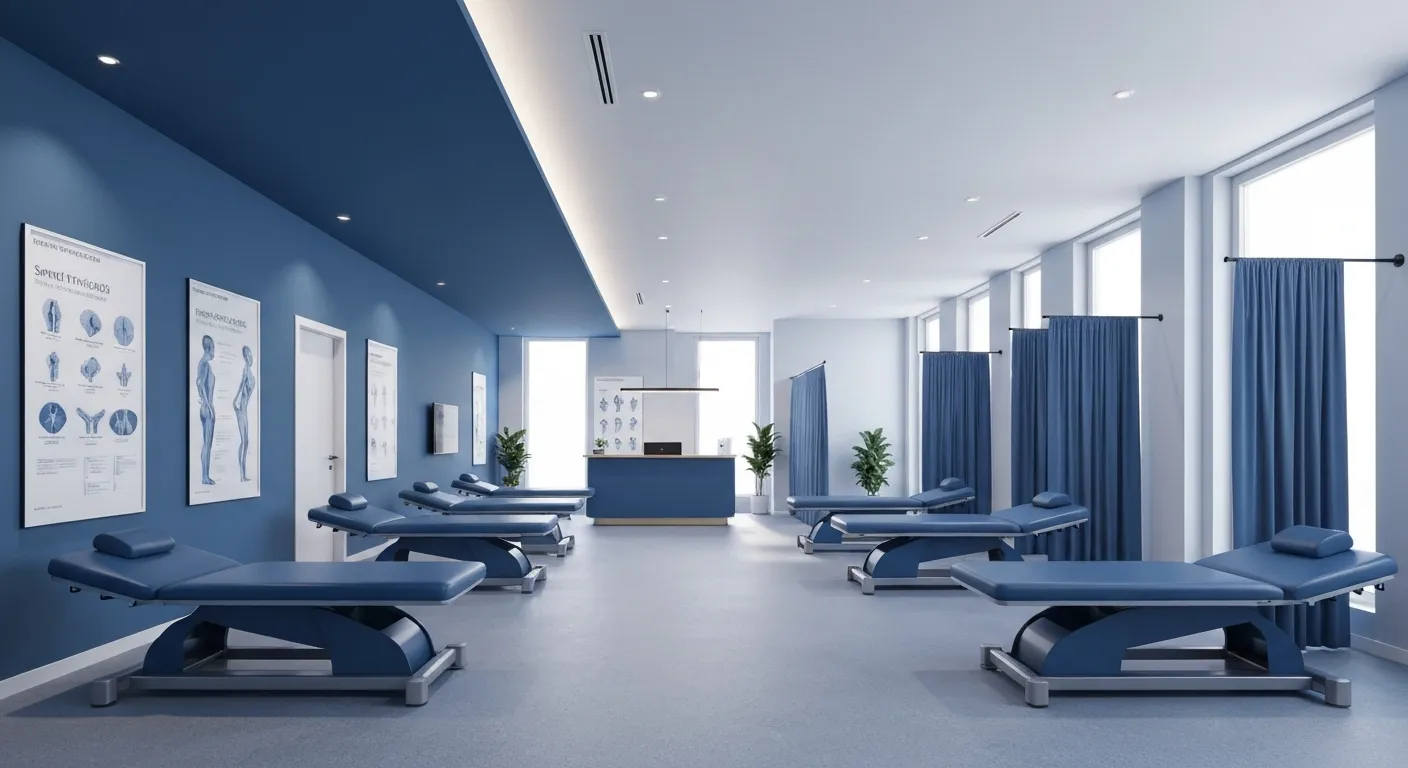
Simple Lifestyle Adjustments to Maintain a Healthy Spine

Personalized Nutritional Counseling for Improved Health Outcomes

Exploring Non-Surgical Treatments for Spine-Related Conditions
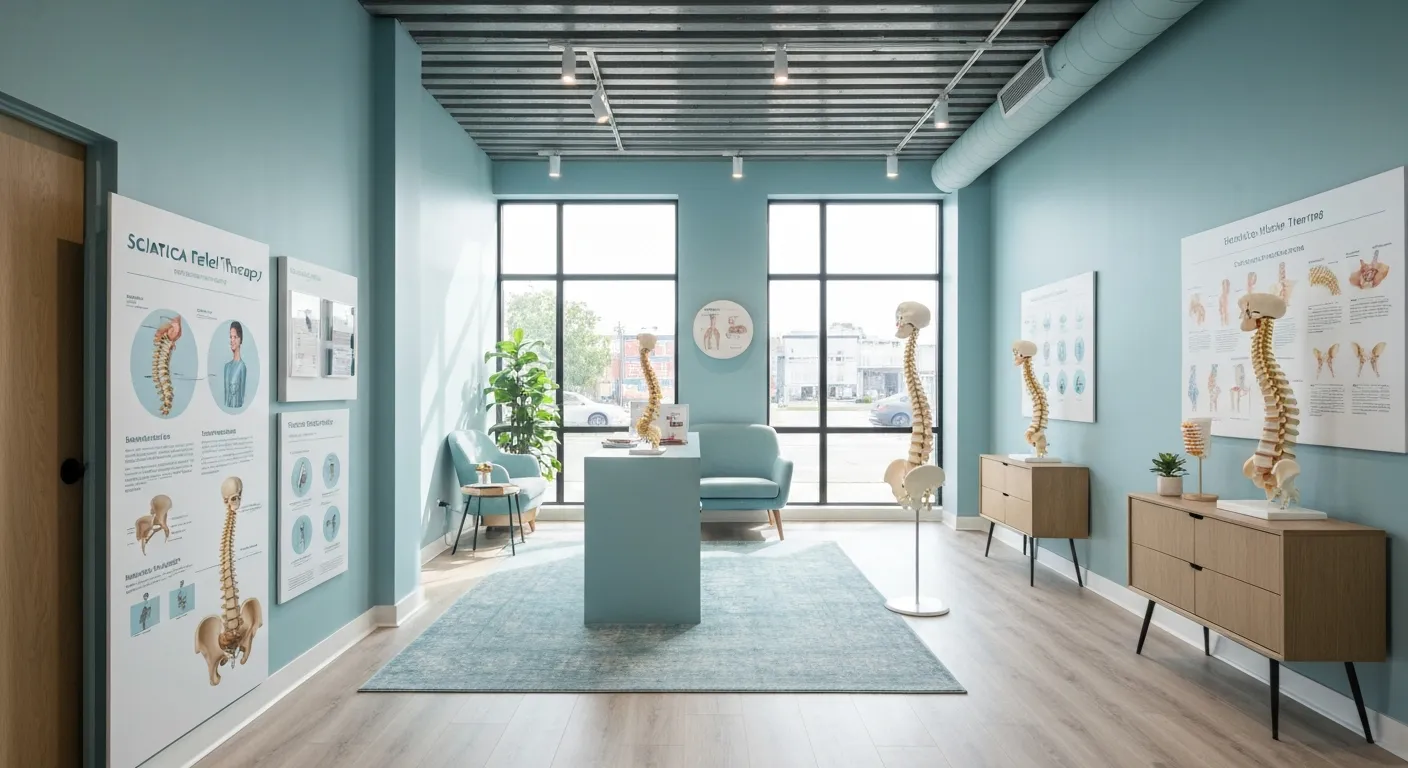
An Introduction to Spinal Decompression for Sciatica Patients
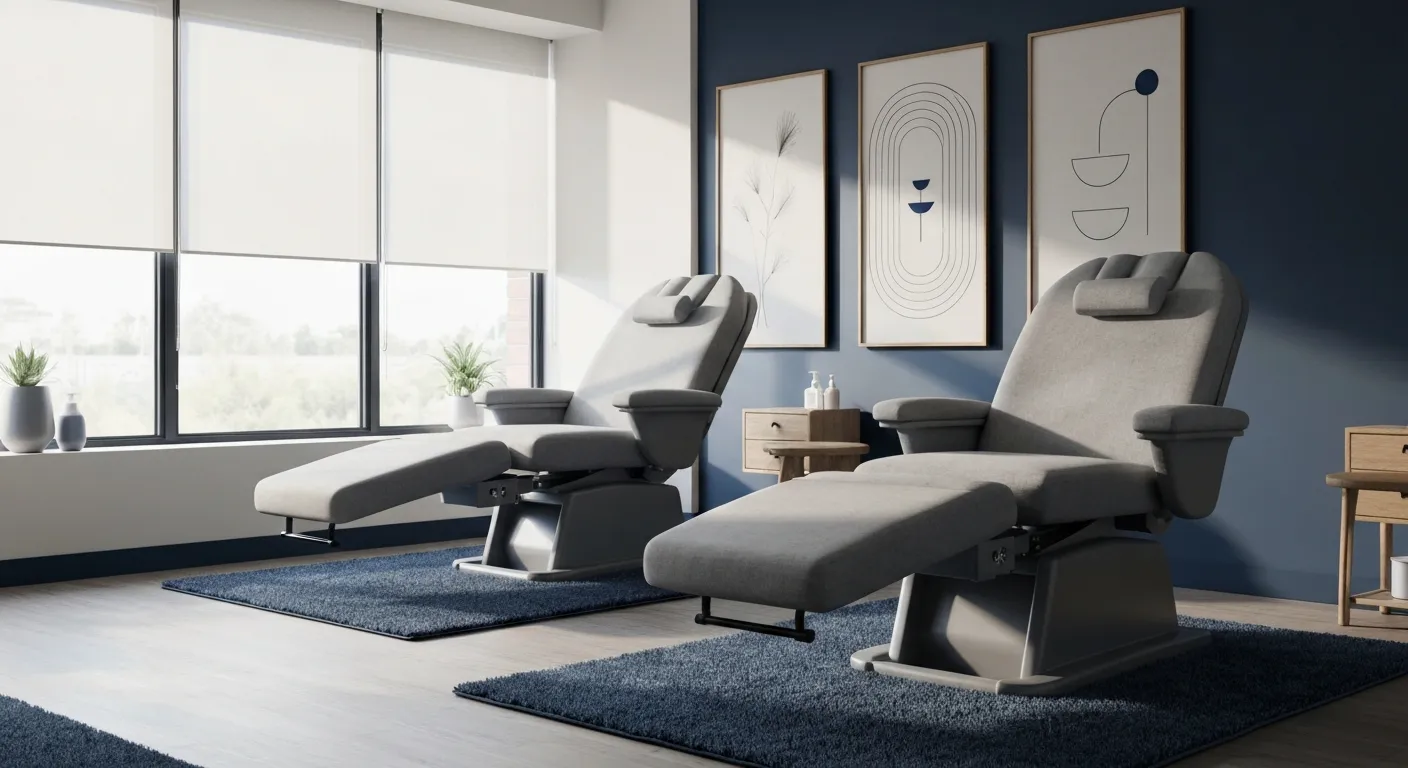
Transformative Success Stories: Patient Experiences with Chiropractic Treatments
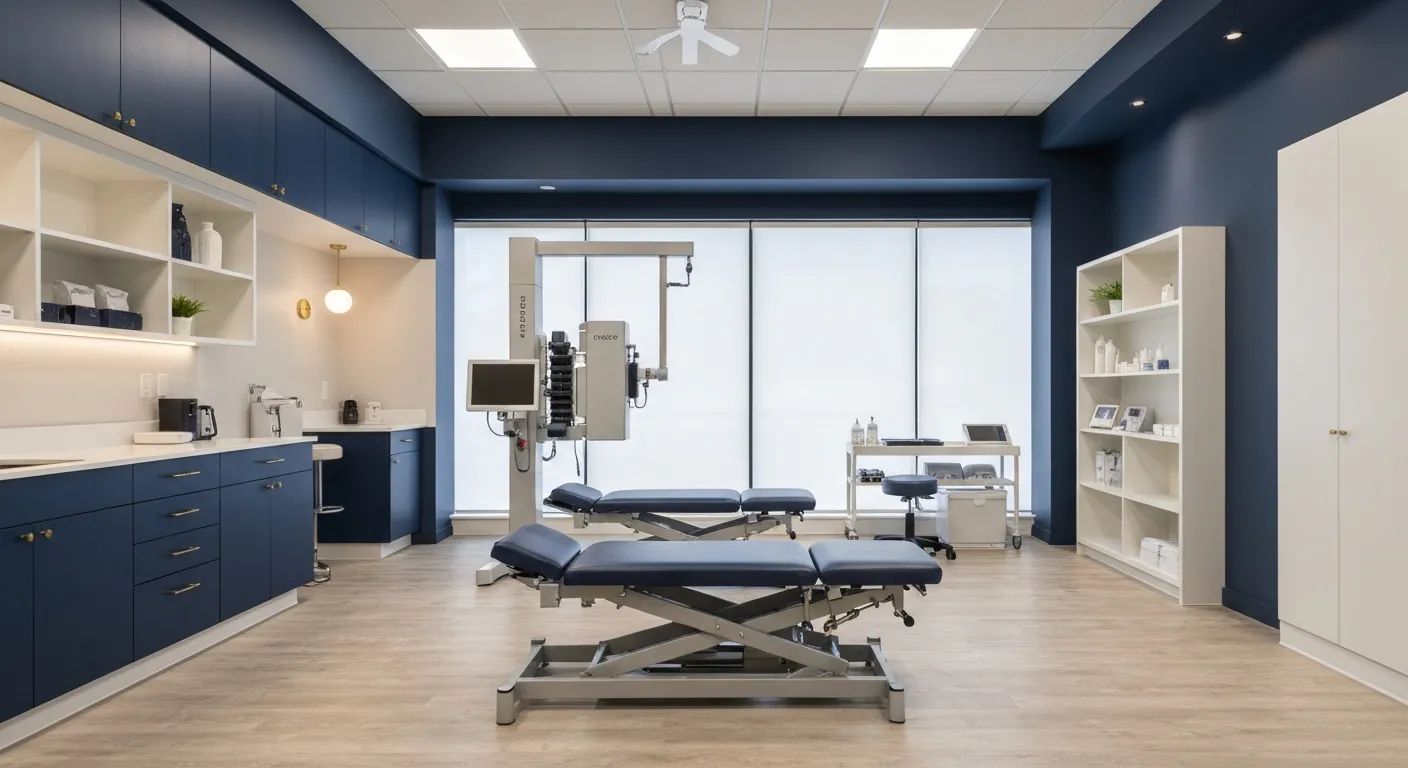
Why Chiropractic Care Is Essential for Back Pain Relief

Addressing Underlying Causes Versus Symptom Management in Pain Care

The Role of Nutrition in Enhancing Chiropractic Treatment Effectiveness
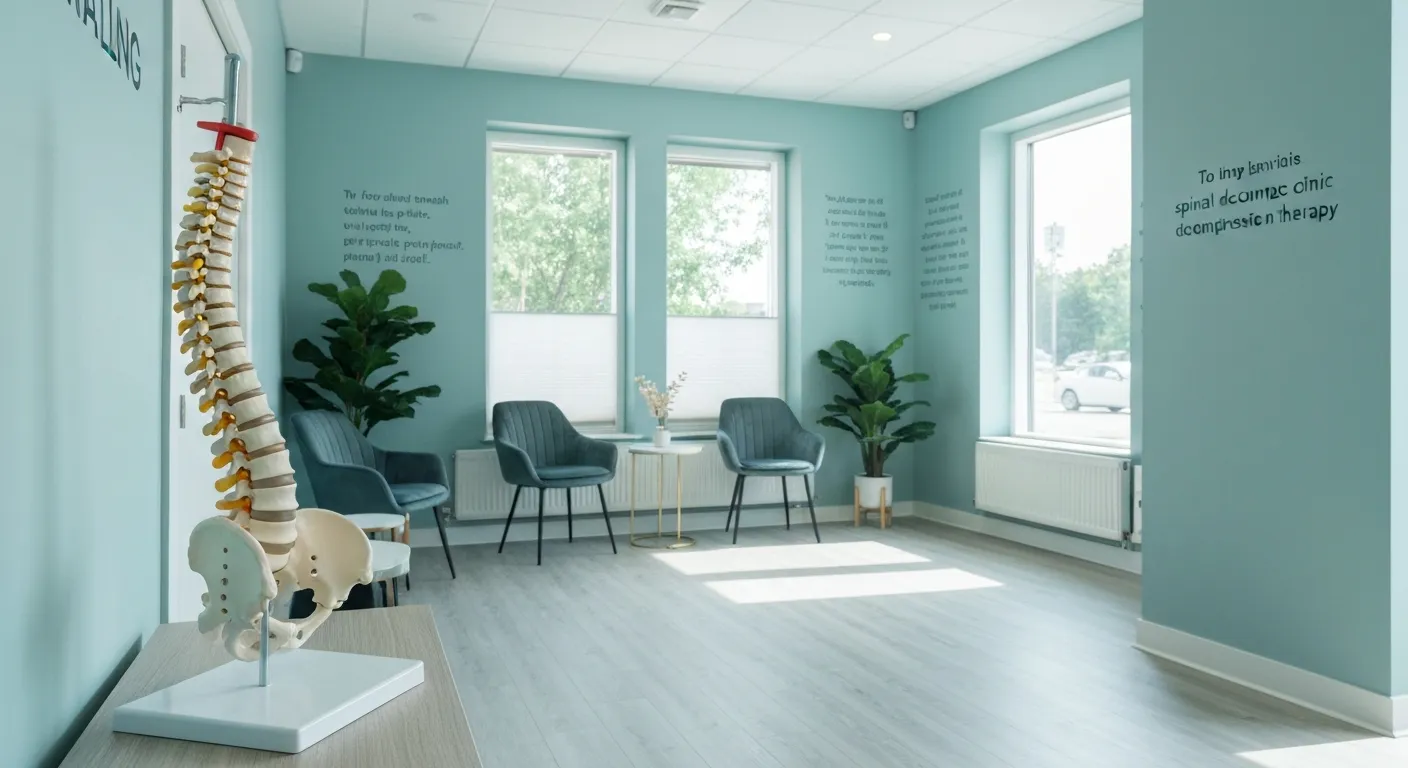
Sciatica Treatment Options: Is Spinal Decompression Right for You?
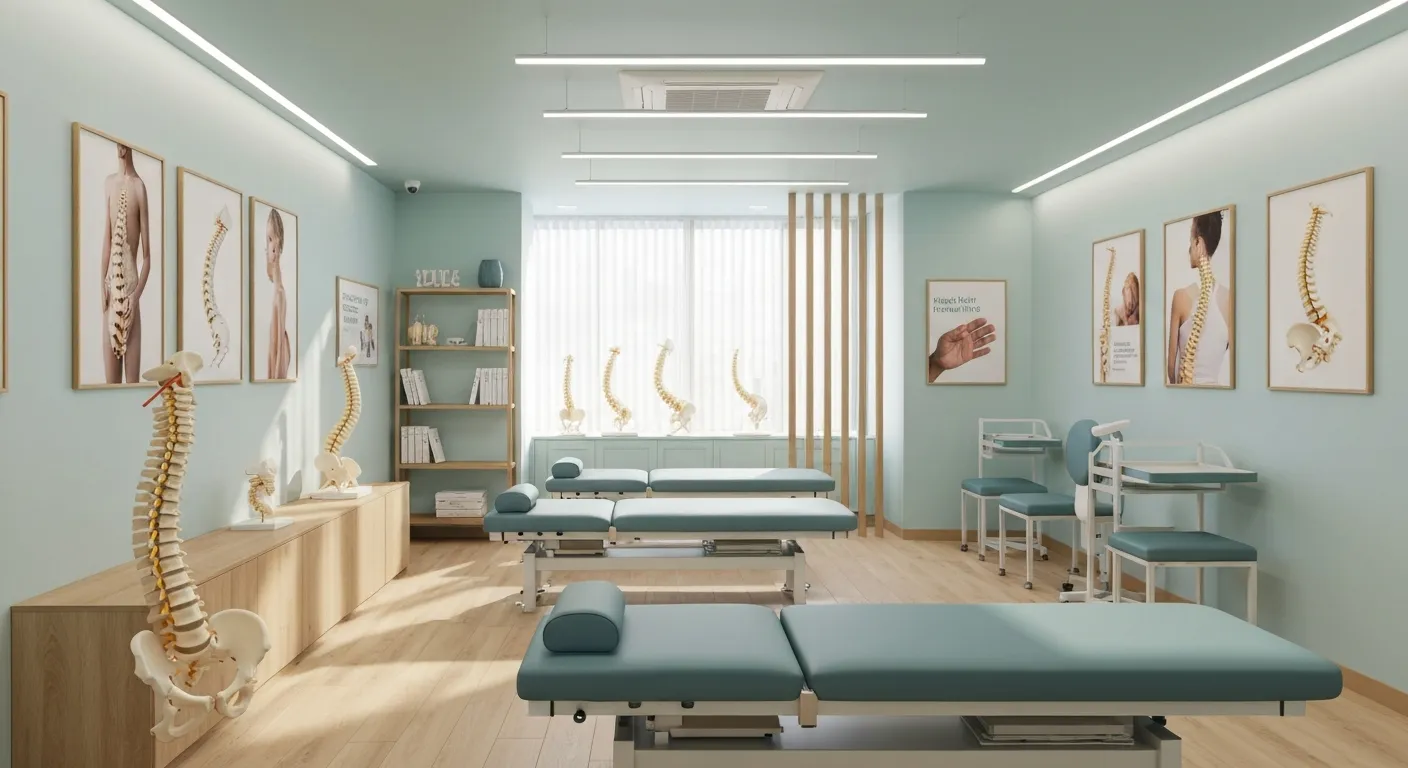
Lifestyle Tips to Maintain a Healthy Spine and Prevent Back Issues
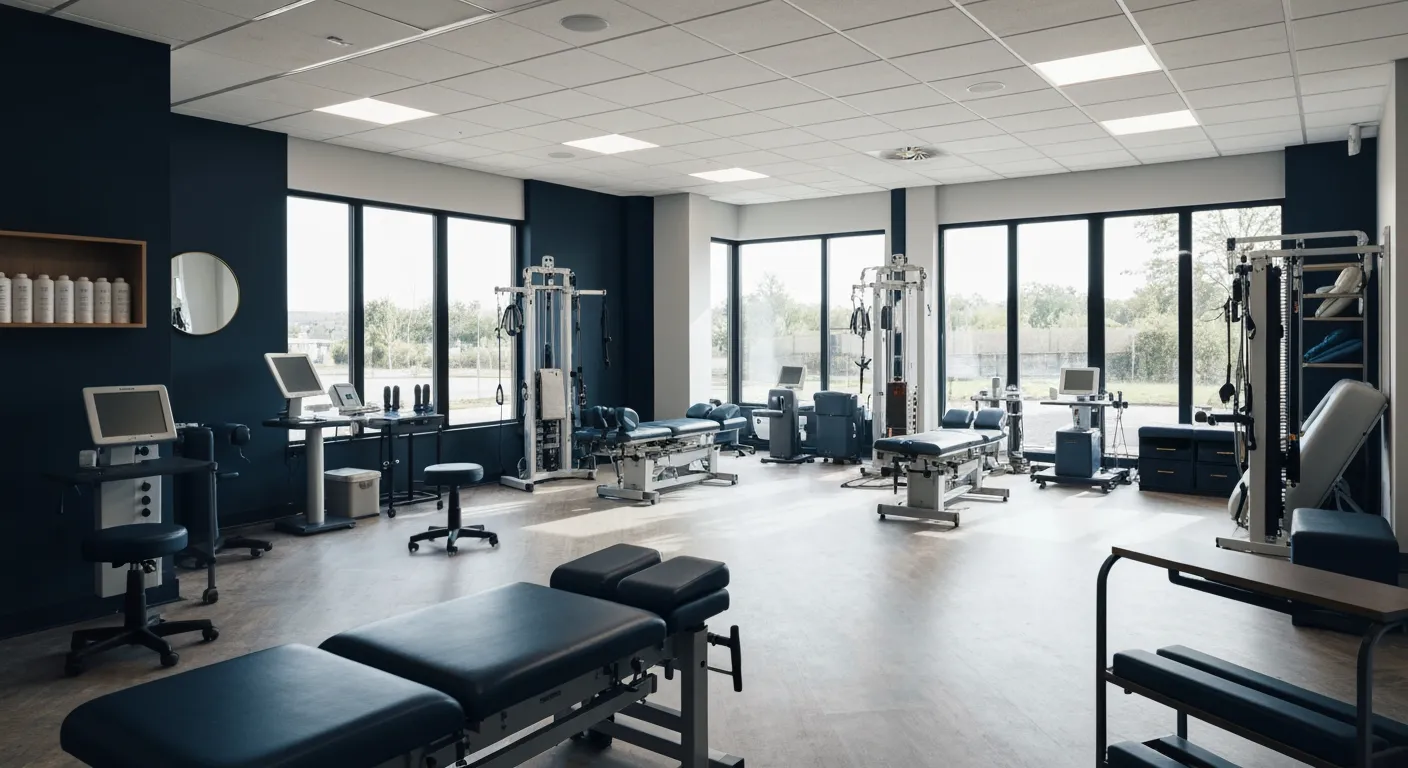
The Synergy Between Physiotherapy and Chiropractic Treatments

What Happens During Your Initial Chiropractic Consultation

Effective Corrective Exercises for Sustainable Pain Management

Taking a Root Cause Approach to Chronic Pain Management

Holistic Pain Management Techniques Without Surgery

How Patient Success Stories Validate Chiropractic Care Benefits

Spinal Decompression: Innovative Treatment for Sciatic Nerve Pain

Spinal Decompression Therapy: A Non-Invasive Approach to Sciatica Relief

Exploring Holistic Approaches Beyond Surgery for Pain Relief

Practical Lifestyle Advice to Support a Healthy Spine Every Day

Corrective Exercise Routines Designed for Long-Term Pain Prevention

Real Patient Stories: Overcoming Chronic Pain with Chiropractic Care

Lifestyle Changes That Promote a Healthy Spine and Prevent Injury

How Addressing the Root Cause of Pain Leads to Lasting Relief

Non-Surgical Holistic Therapies to Manage Chronic Pain Effectively

Nutritional Counseling's Impact on Physical Health and Healing

Benefits of Regular Chiropractic Care for a Stronger Back

Your First Chiropractic Visit: What to Expect and How to Prepare

Patient Experiences: How Chiropractic Care Transformed Their Lives

Exploring Holistic, Non-Surgical Options for Pain Management

Combining Physiotherapy with Chiropractic Treatments for Enhanced Recovery

Holistic Treatments That Offer Alternatives to Surgery for Pain Relief

Corrective Exercise Strategies for Long-Term Spine Health

How Physiotherapy Complements Chiropractic Adjustments for Better Outcomes

First-Time Chiropractic Visitors: What You Should Know

Understanding the Importance of Treating Pain at Its Source

Adopting Lifestyle Changes to Support Your Spine's Wellness

Utilizing Physiotherapy to Enhance Chiropractic Treatment Outcomes

The Key Advantages of Chiropractic Care for Back Pain Sufferers

Why Focusing on Root Causes Improves Pain Treatment Success

Corrective Exercises That Promote Lasting Pain Relief and Mobility

Sciatica Relief Through Targeted Spinal Decompression Techniques

Preparing for Your First Chiropractic Appointment with Confidence

Healthy Lifestyle Habits for Maintaining Spinal Alignment

Success Stories Highlighting Chiropractic's Role in Pain Recovery

Top Benefits of Chiropractic Care for Chronic Back Pain

Nutrition Tips to Boost Your Overall Wellness and Recovery

How Chiropractic Care Alleviates Back Pain Naturally

How Nutritional Counseling Supports Overall Wellness and Spine Health

Step-by-Step Guide to Your First Visit with a Chiropractor

Using Nutrition to Support Chiropractic and Overall Wellness

Integrating Physiotherapy in Your Chiropractic Healing Journey

How Physiotherapy Complements Chiropractic Adjustments for Faster Healing

Lifestyle Tips for Maintaining a Healthy Spine and Preventing Back Pain

Heartwarming Patient Testimonials Highlighting Chiropractic Success

How Proper Nutrition Supports Chiropractic and Physiotherapy Treatments

Combining Physiotherapy and Chiropractic Treatments for Optimal Recovery

Why Chiropractic Treatments Are Effective for Managing Back Pain

Choosing a Chiropractor: Tips for Finding a Trusted Provider

Integrating Physiotherapy and Chiropractic: Benefits and What to Expect

How Tailored Corrective Exercises Can Aid in Pain Management

Chiropractic Care: A Proven Solution for Alleviating Back Pain

What to Expect at Your First Chiropractic Visit: A Comprehensive Guide

The Importance of Root Cause Analysis in Effective Pain Management
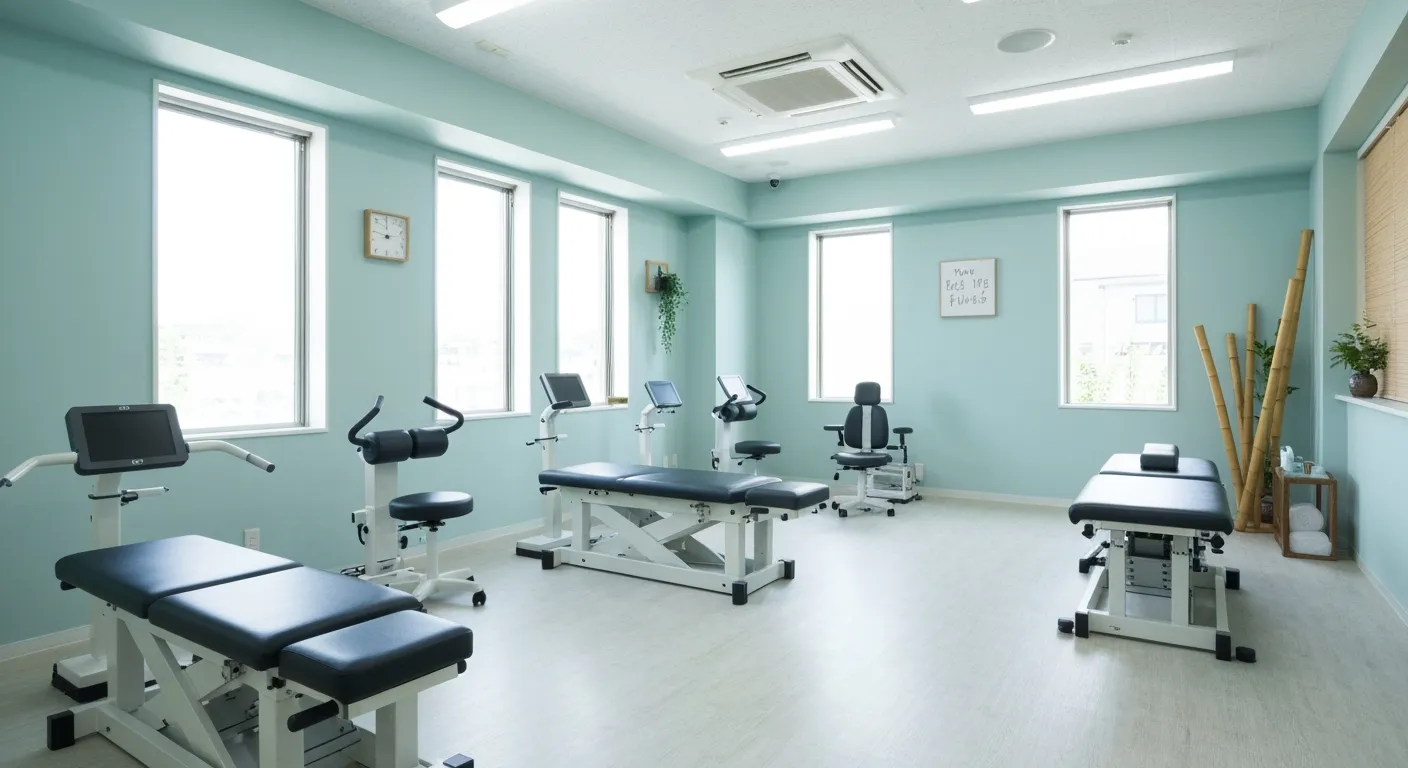
The Role of Corrective Exercises in Sustaining Pain-Free Living

Combining Chiropractic and Physiotherapy for Comprehensive Pain Relief

How Addressing Underlying Causes Improves Pain Treatment Effectiveness

Maintaining Spinal Health Through Lifestyle Changes and Preventive Care
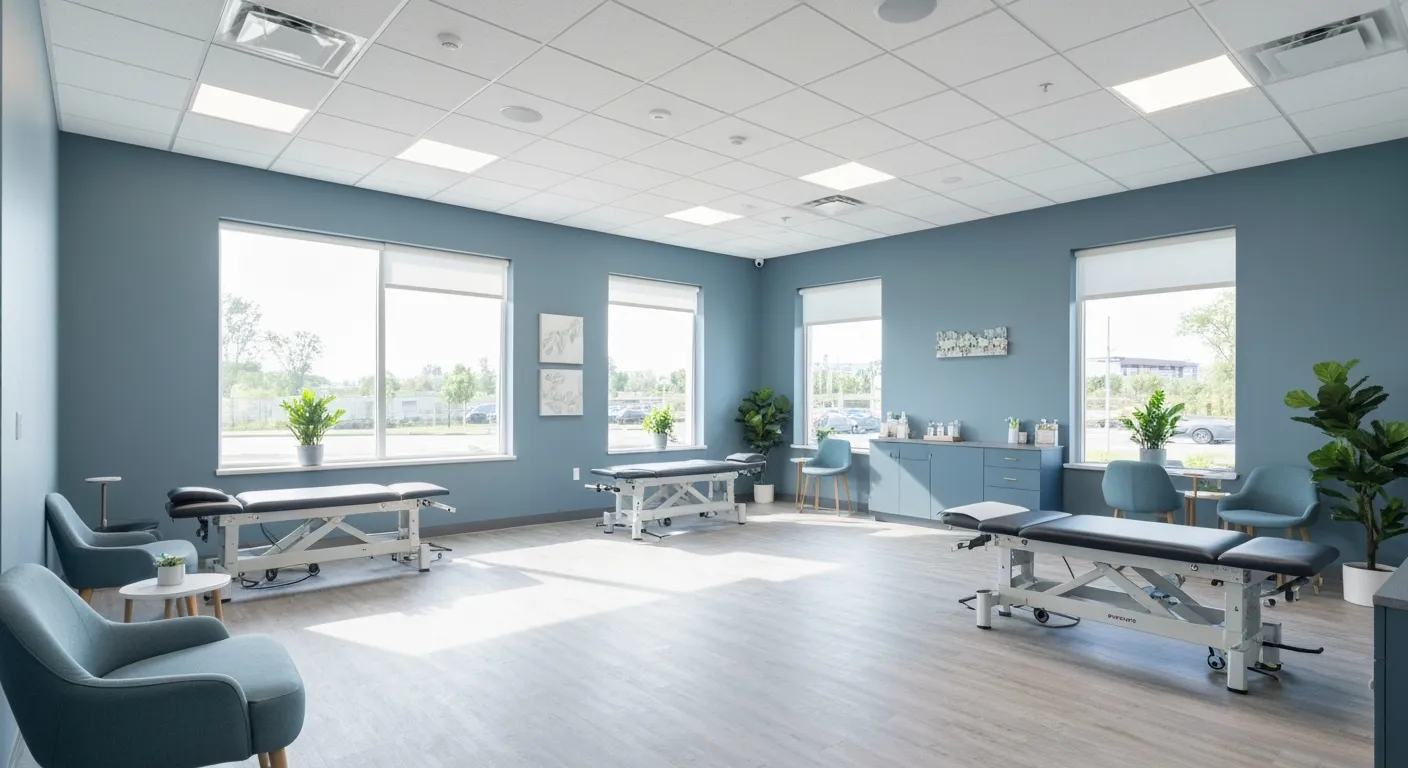
Understanding the Benefits of Chiropractic Adjustments for Back Pain Sufferers

Spinal Decompression Therapy: A New Hope for Sciatica Relief

Lifestyle Recommendations to Support a Healthy Spine and Reduce Pain
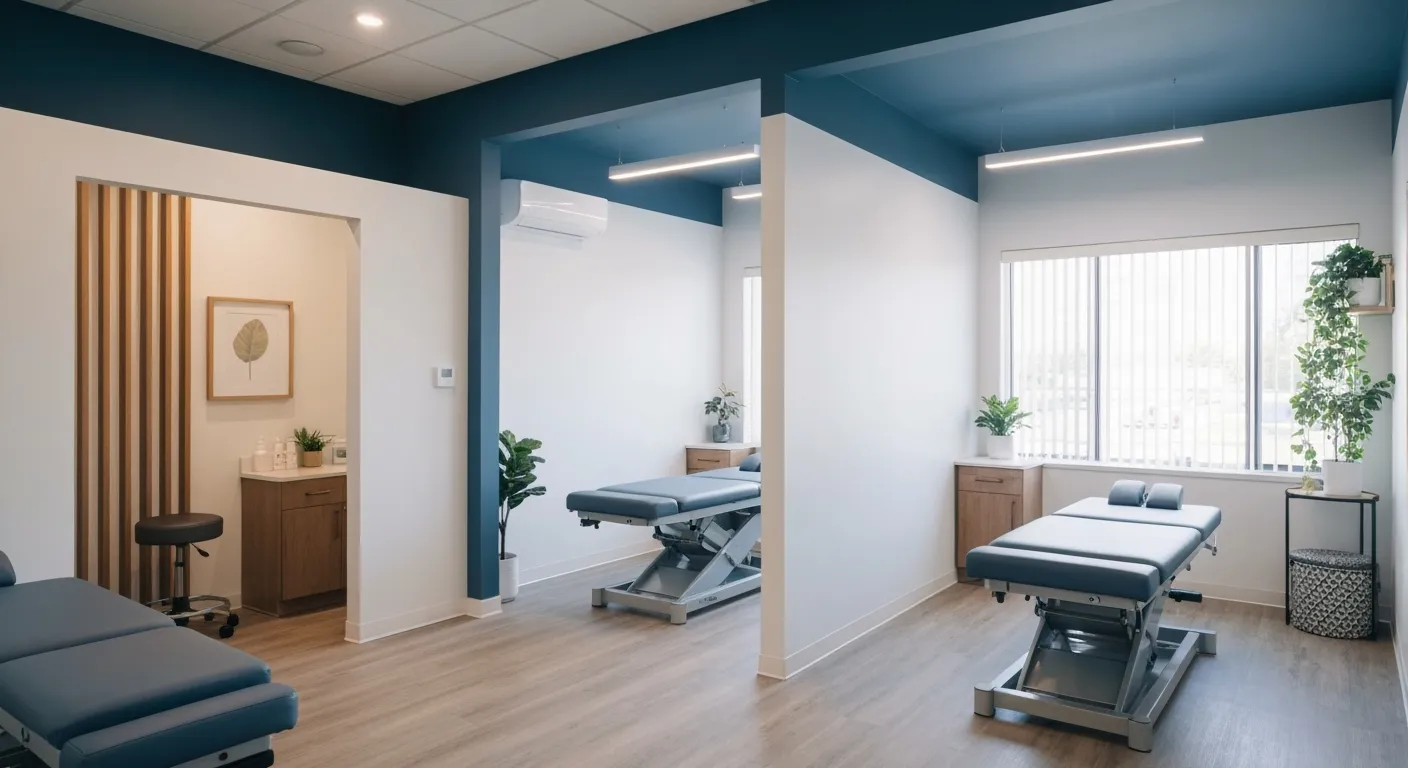
Choosing the Right Chiropractor: Key Factors to Consider Before Your First Appointment

Non-Invasive Treatment Alternatives: A Holistic Approach to Pain Relief

Corrective Exercises to Support Long-Term Relief from Chronic Pain

Exploring Non-Surgical Approaches to Spine Health and Wellness

Tips for Daily Habits That Keep Your Spine Strong

Success Stories: How Chiropractic Treatments Changed Lives

Why Focusing on the Root Cause of Pain Leads to Better Outcomes
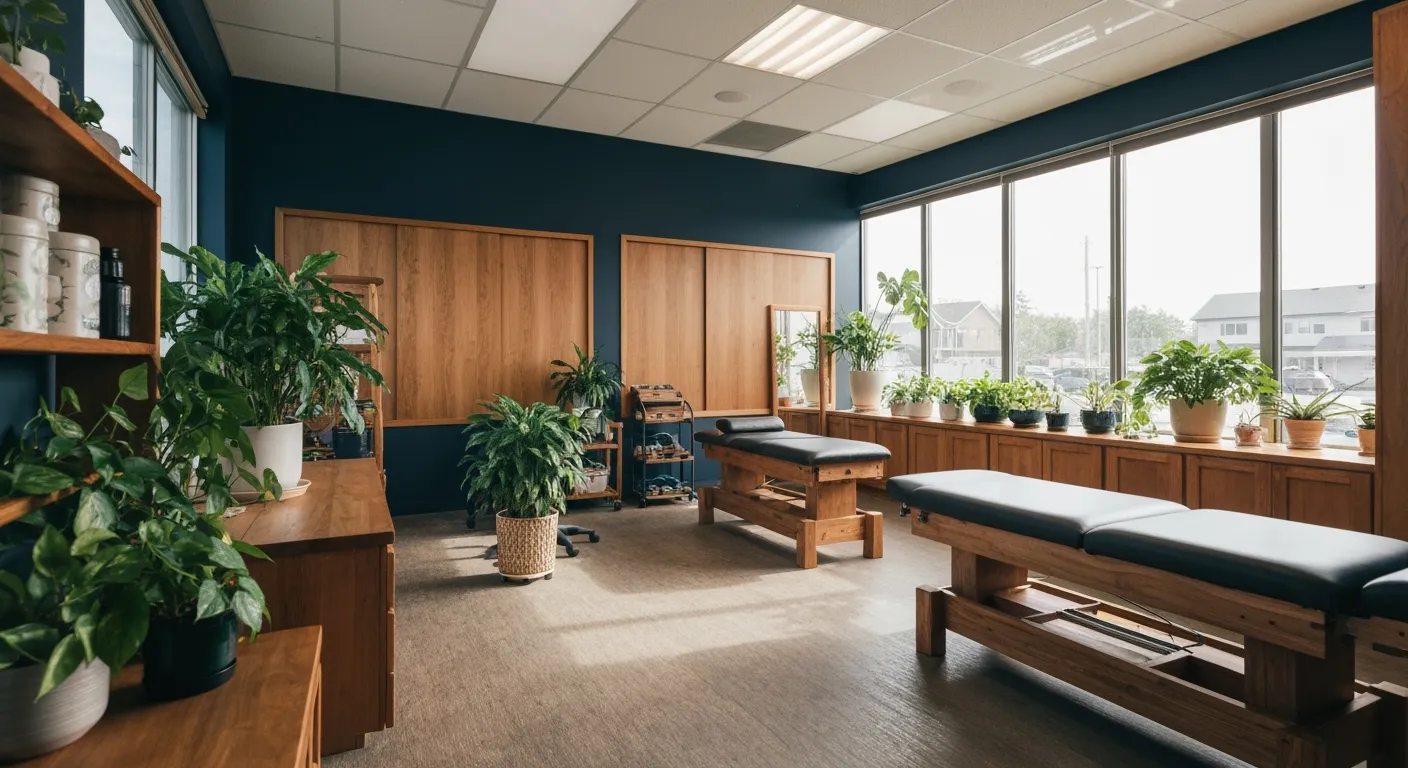
Nutritional Counseling and Its Impact on Overall Wellness and Recovery
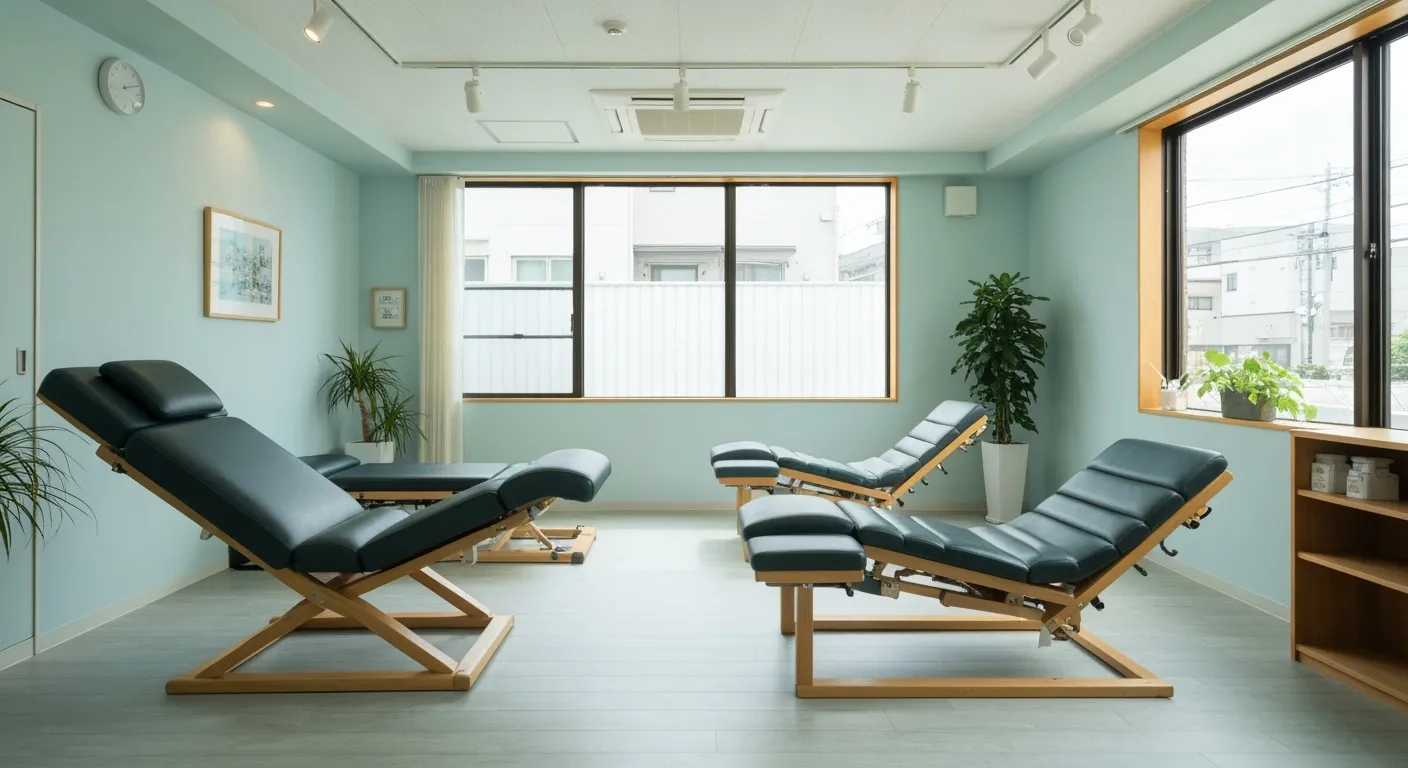
Patient Testimonials That Showcase the Power of Chiropractic Care

Preparing for Your First Chiropractic Appointment: What You Need to Know
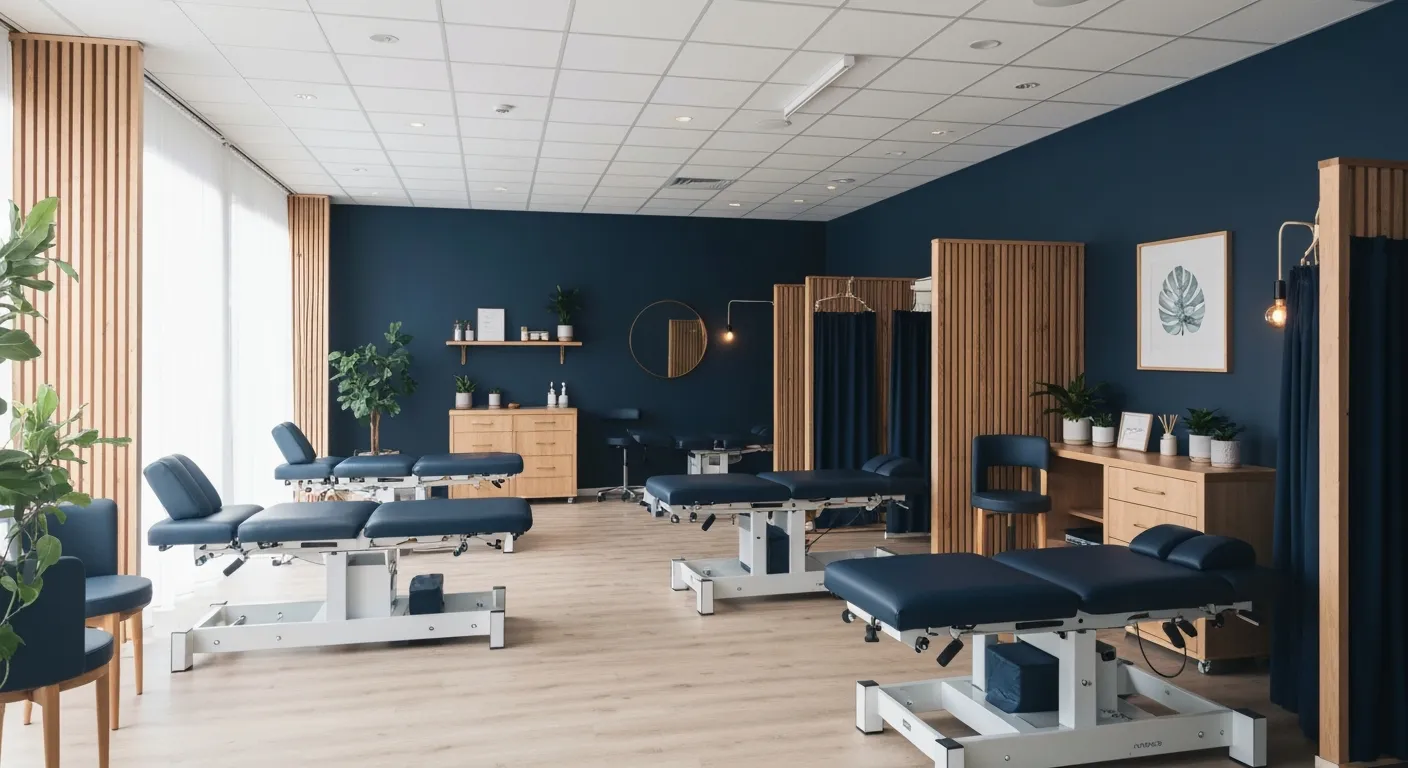
Holistic Treatment Options: Beyond Surgery for Pain Relief

Holistic Pain Relief Methods That Avoid Surgery

Nutritional Strategies for Supporting Spine Health and Recovery
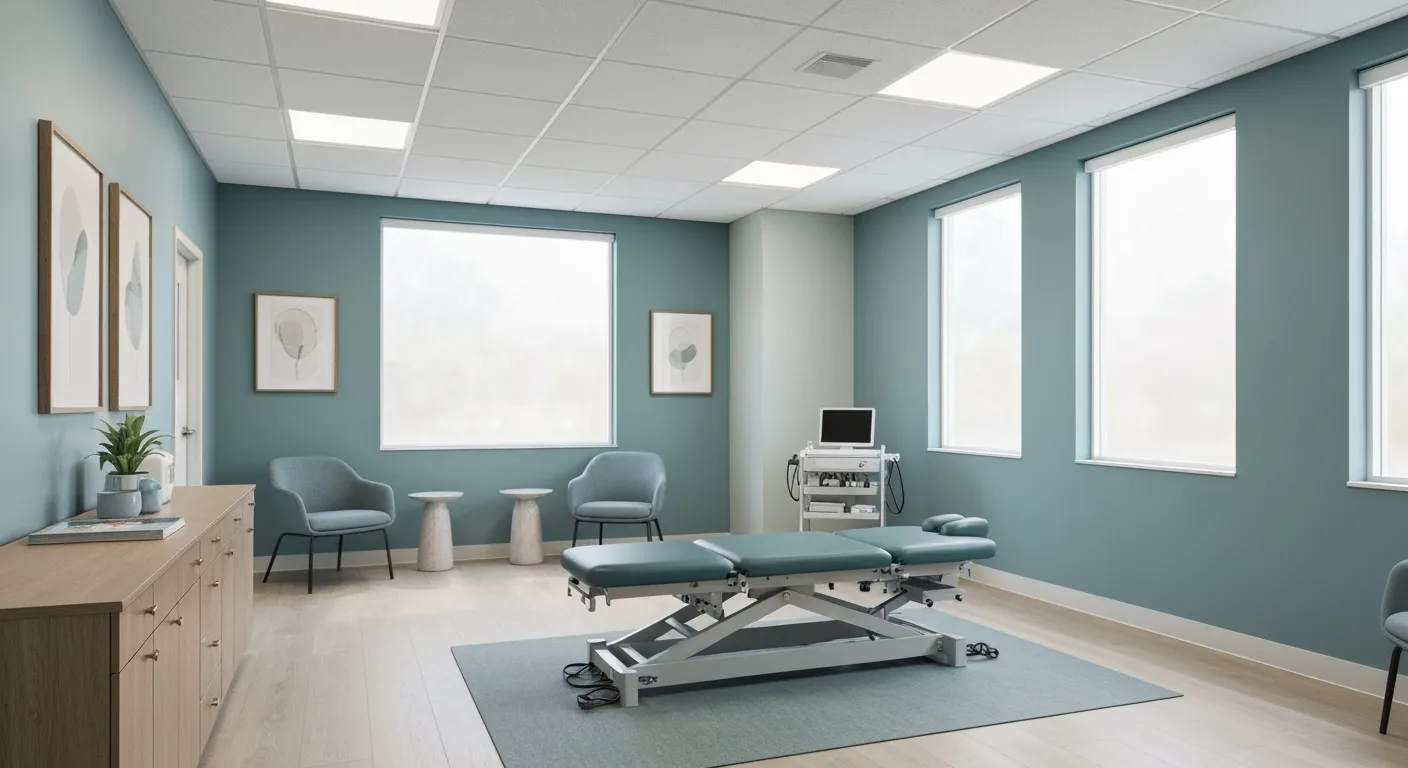
First Chiropractic Visit: What Happens and How to Prepare

Chiropractic Patient Success Stories: Inspiring Journeys to Wellness
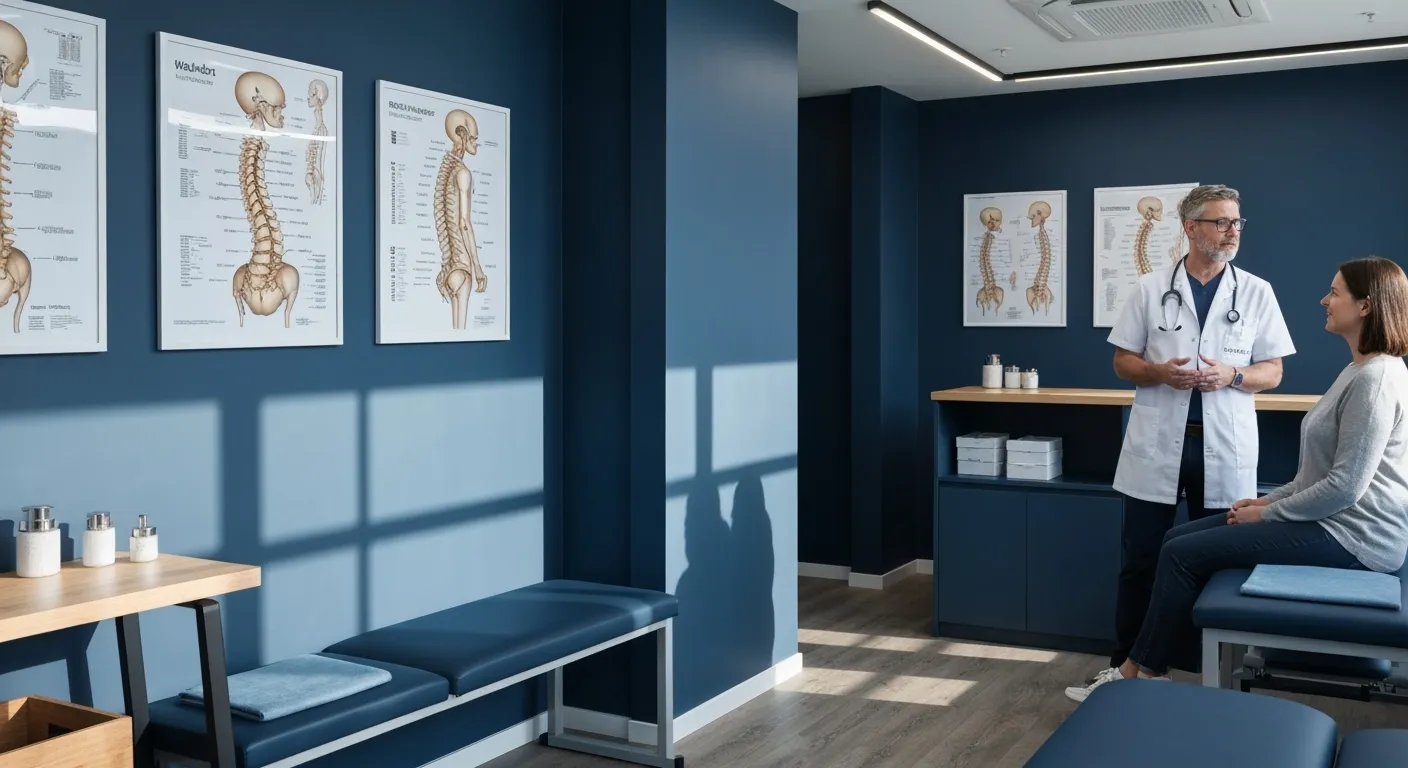
Effectiveness of Spinal Decompression Therapy in Managing Sciatic Nerve Pain

Addressing Pain at Its Source: Why Treating the Root Cause Matters
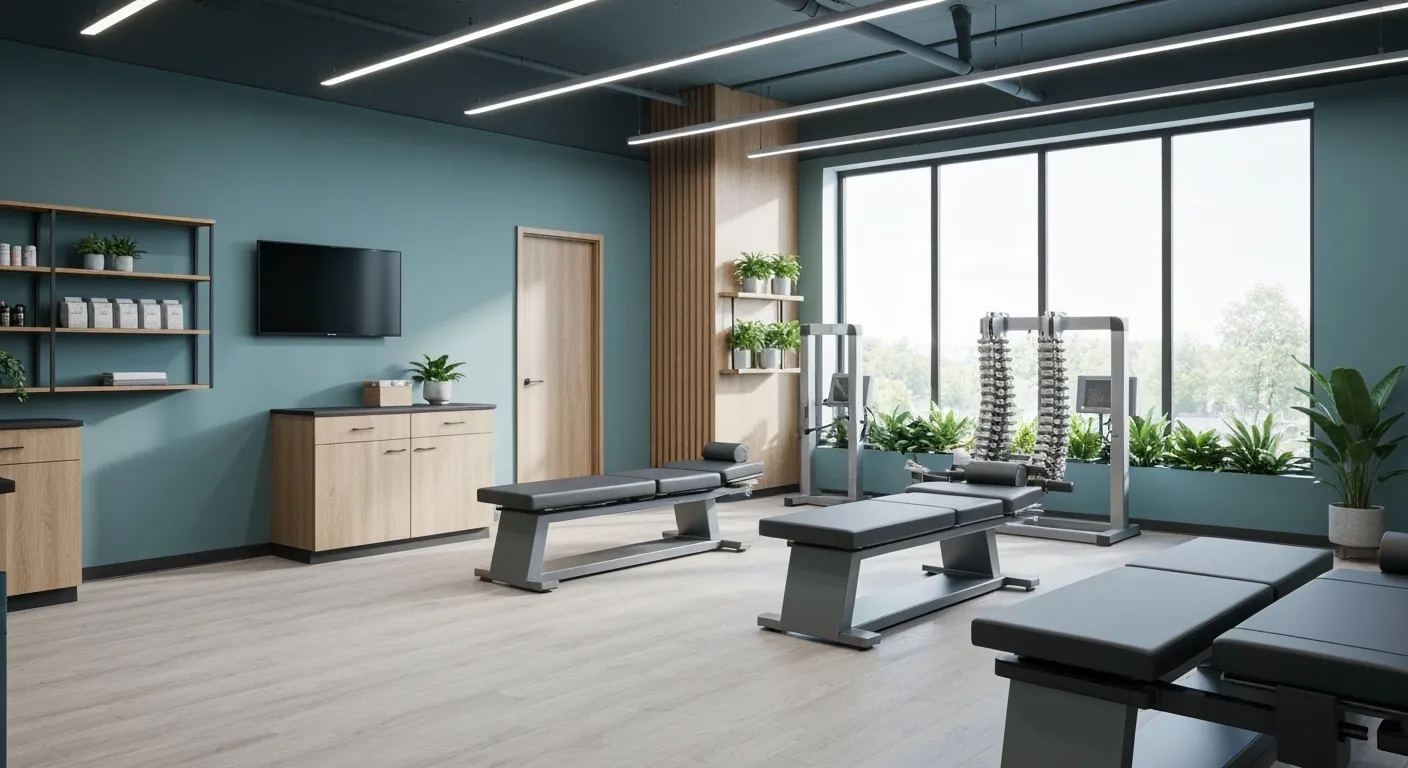
Corrective Exercise Programs Designed for Long-Term Pain Prevention

Healthy Lifestyle Advice for Maintaining Spinal Alignment
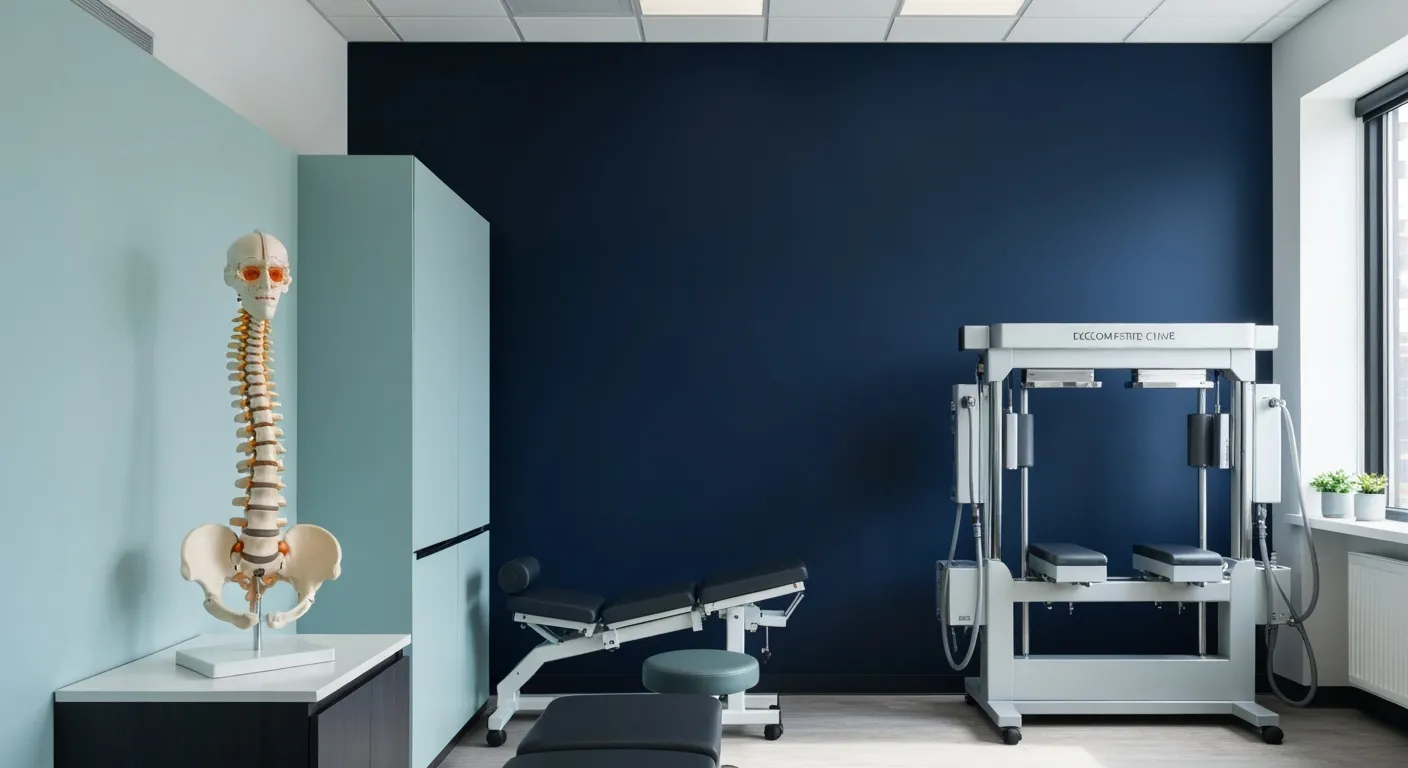
Understanding Spinal Decompression as a Treatment for Sciatica Pain
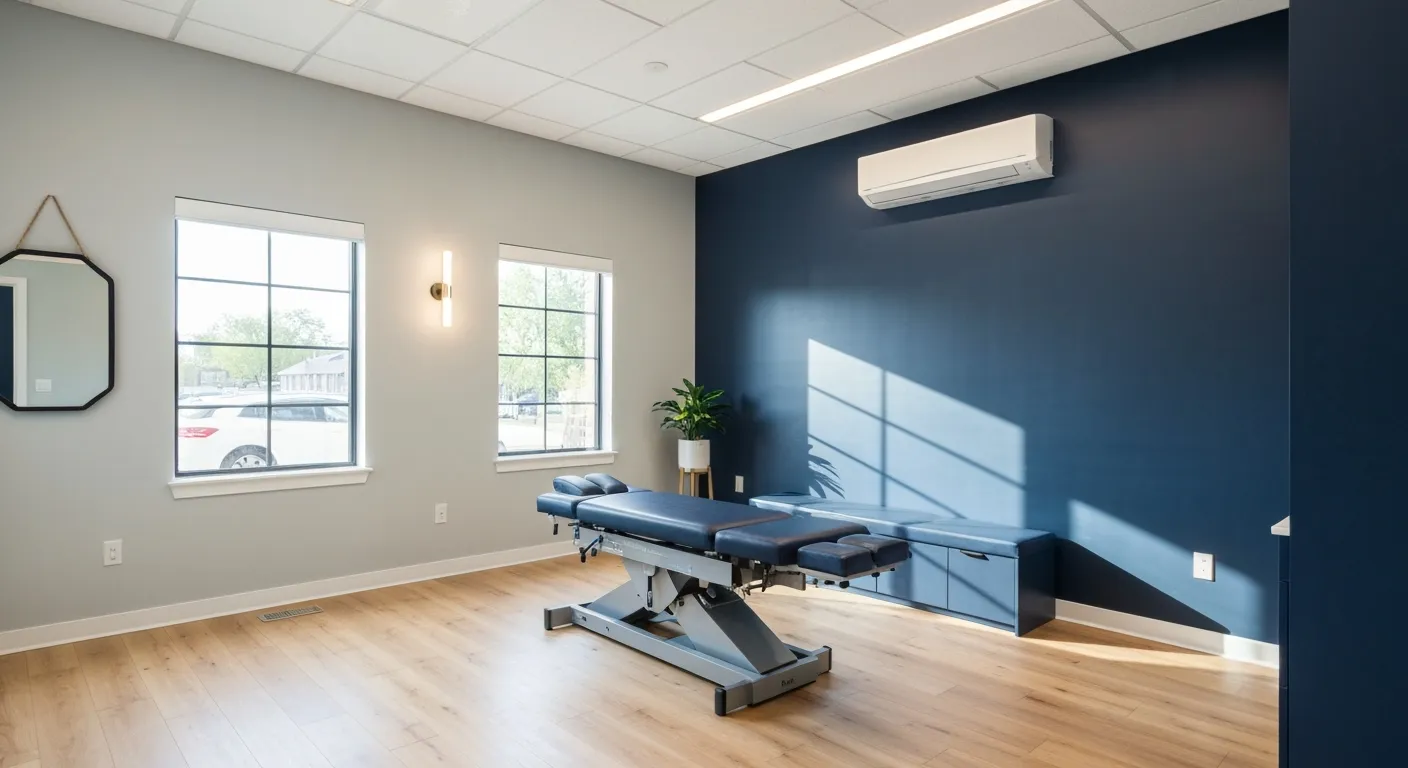
Benefits of Chiropractic Care Specifically for Back Pain Relief

Understanding Gait Analysis in Physiotherapy
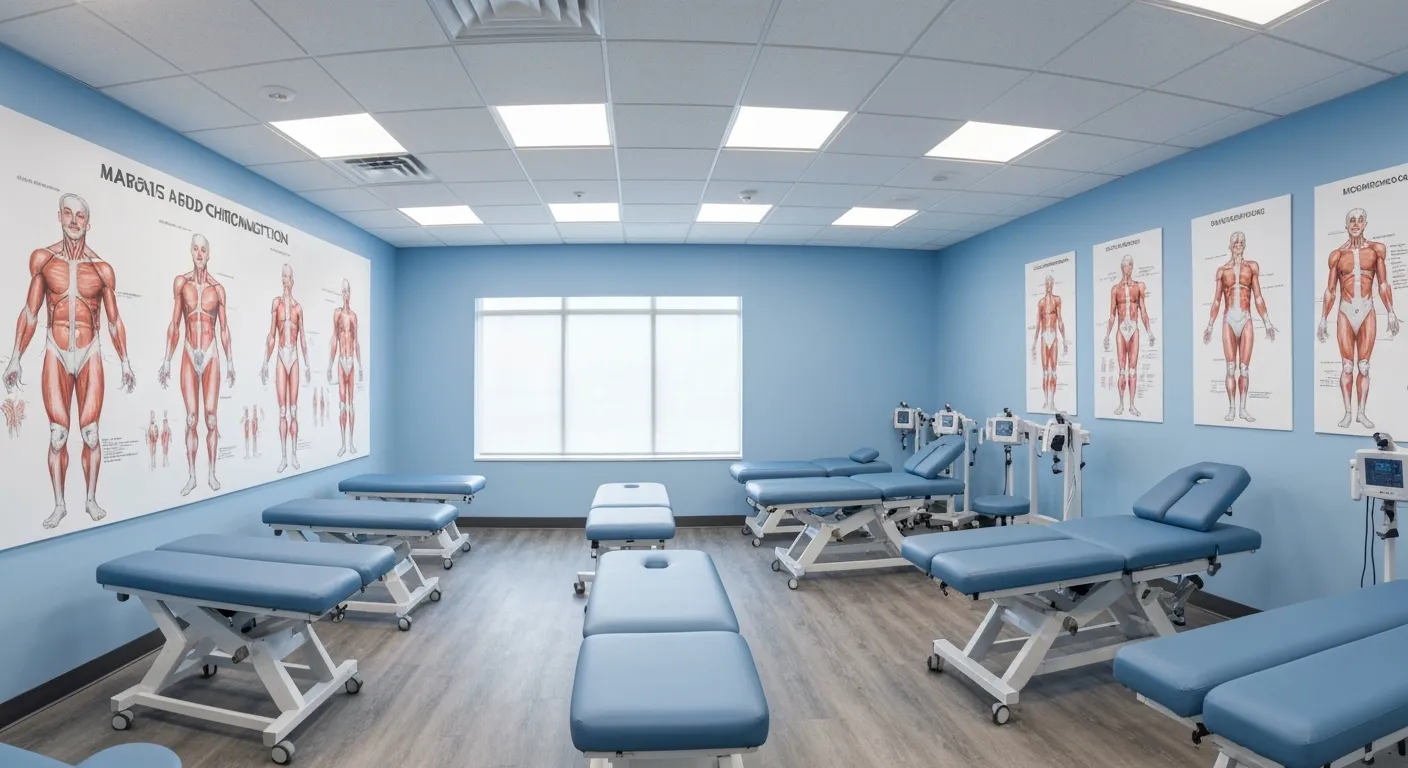
The Difference Between Muscle Soreness and Dysfunction

Workplace Stress Statistics: How Muscle Tension Impacts Productivity

How Physiotherapy Improves Mobility for Seniors

How to Communicate Pain Levels to Your Therapist Effectively
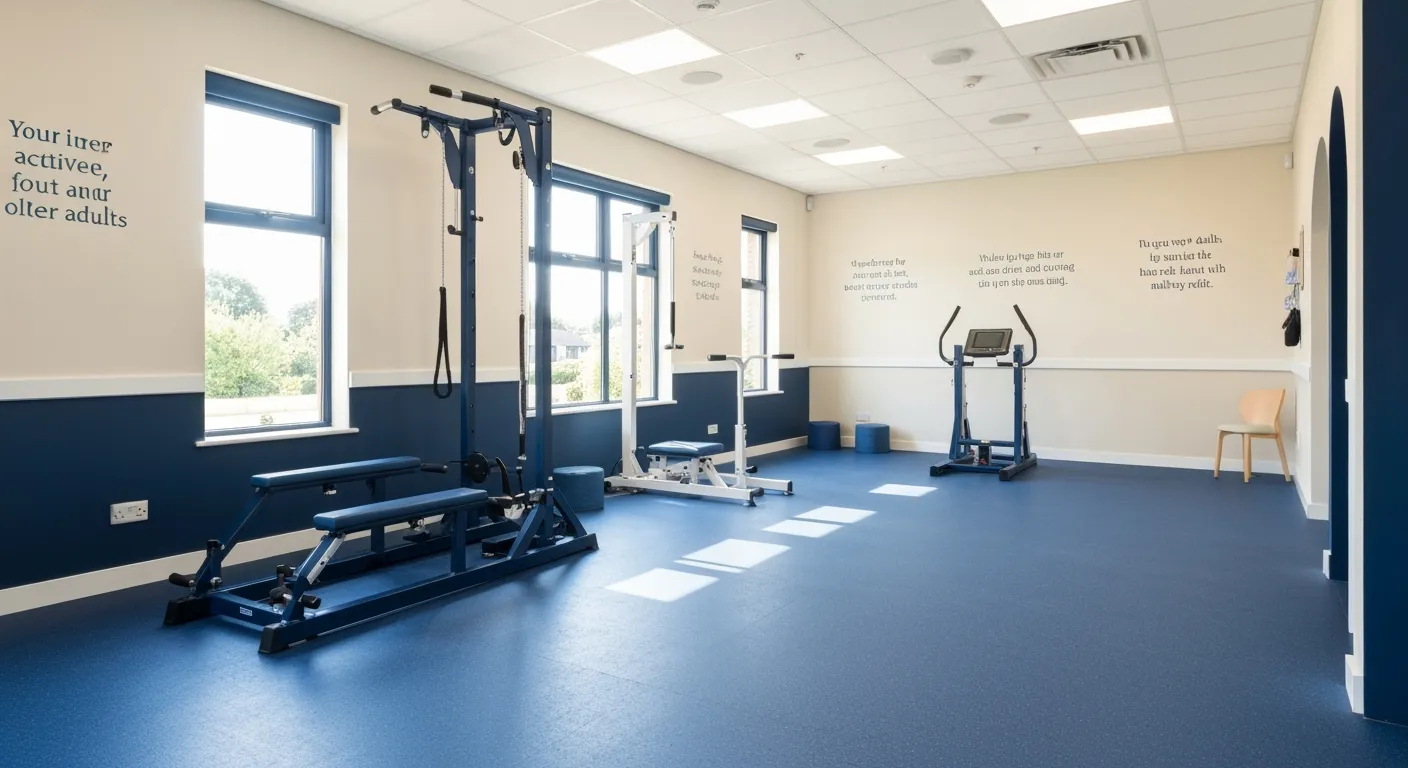
Physiotherapy Interventions for Balance and Fall Prevention

How Physiotherapy Helps Post-Surgical Recovery

